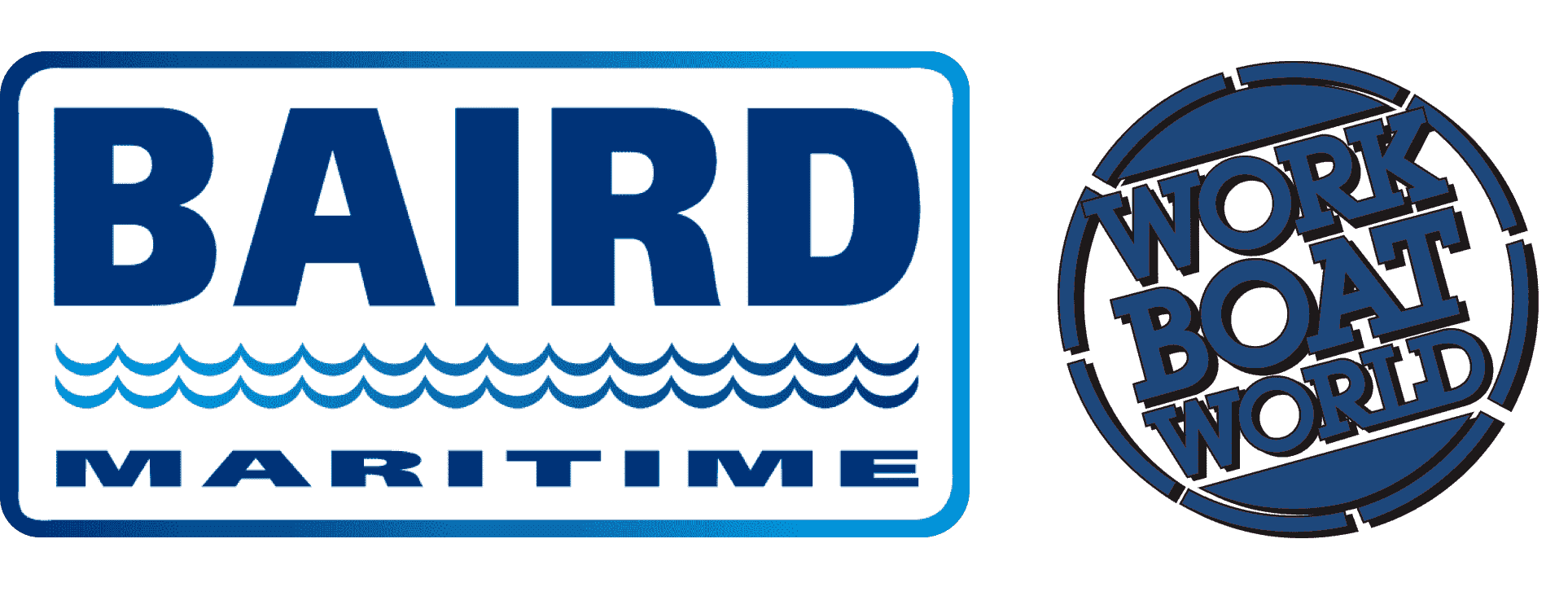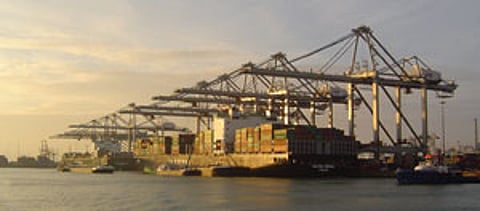New port inspection regime for 2011
Port state inspections are set to become a rarity for some vessels but a more frequent ordeal for others under a new inspection regime due to be introduced by the Paris MoU port state control body at the start of next year.
The frequency of inspection of individual vessels, which depends largely on the discretion of port states under the current regime, will be determined under the new one on the basis of the risk category assigned to each vessel – low, standard or high.
Those in the low risk category will be left free of inspection for up to three years, while those in the high-risk category will face more frequent inspection and an increased likelihood of being banned from Paris MoU ports.
The category attributed to individual vessels will depend on the safety performances of their flags, their operating companies and their own safety records.
In the case of low risk ships, they will need to be under flags figuring on the Paris MoU's "white list" and having successfully completed an audit as provided for by the voluntary member state audits of the International Maritime Organisation.
They will also have to be registered with classification societies and operated by companies with recognised high safety performance records.
And they will need to show that they have suffered no detentions or registered more than five deficiencies per inspection during the preceding three years.
That may sound like a lot of hoops to jump through but Paris MoU general secretary Richard Schiferli estimates that between 5,000 and 10,000 of the 50,000 ships annually frequenting ports in the region covered by the Paris MoU region could qualify for low risk status as soon as the new regime comes into force.
The list of flag states which already meet the criteria for low risk status has been getting steadily longer in recent weeks and currently includes Denmark, Germany, Liberia, the Netherlands, Poland, Spain and the UK.
For ships in the high risk category, apart from more frequent inspections, the new regime provides for "expanded" inspections for all ships types in future rather than just for certain types as at present.
Bannings, too, will apply in future to all ship types. They will be applied for a minimum three-month period initially, extended to 12 and 24 months for subsequent bans and becoming permanent in the case of a fourth ban
Mr. Schiferli said that the current regime, which provides for port states to inspect 25% of vessels calling at their ports annually, had resulted in port states seeking to meet their target without always taking account of vessels' safety records.
The new regime would abolish the 25 percent target, he said, adding, "It should ease the burden on quality ships and enable ships with more problems to be inspected more often and better."
The European Maritime Safety Agency, which has played a leading role in the development of the new regime, pointed out that it was backed in the EU by legislation which came into force in June 2009 as part of the EU's 'third maritime safety package".
As a result, it said, the new regime would take into account deficiencies and detentions resulting from inspections carried out since that date.
"This will particularly have an effect in the calculation of the ship risk profiles," it said, "and also in the application of the new banning provisions."
Andrew Spurrier


